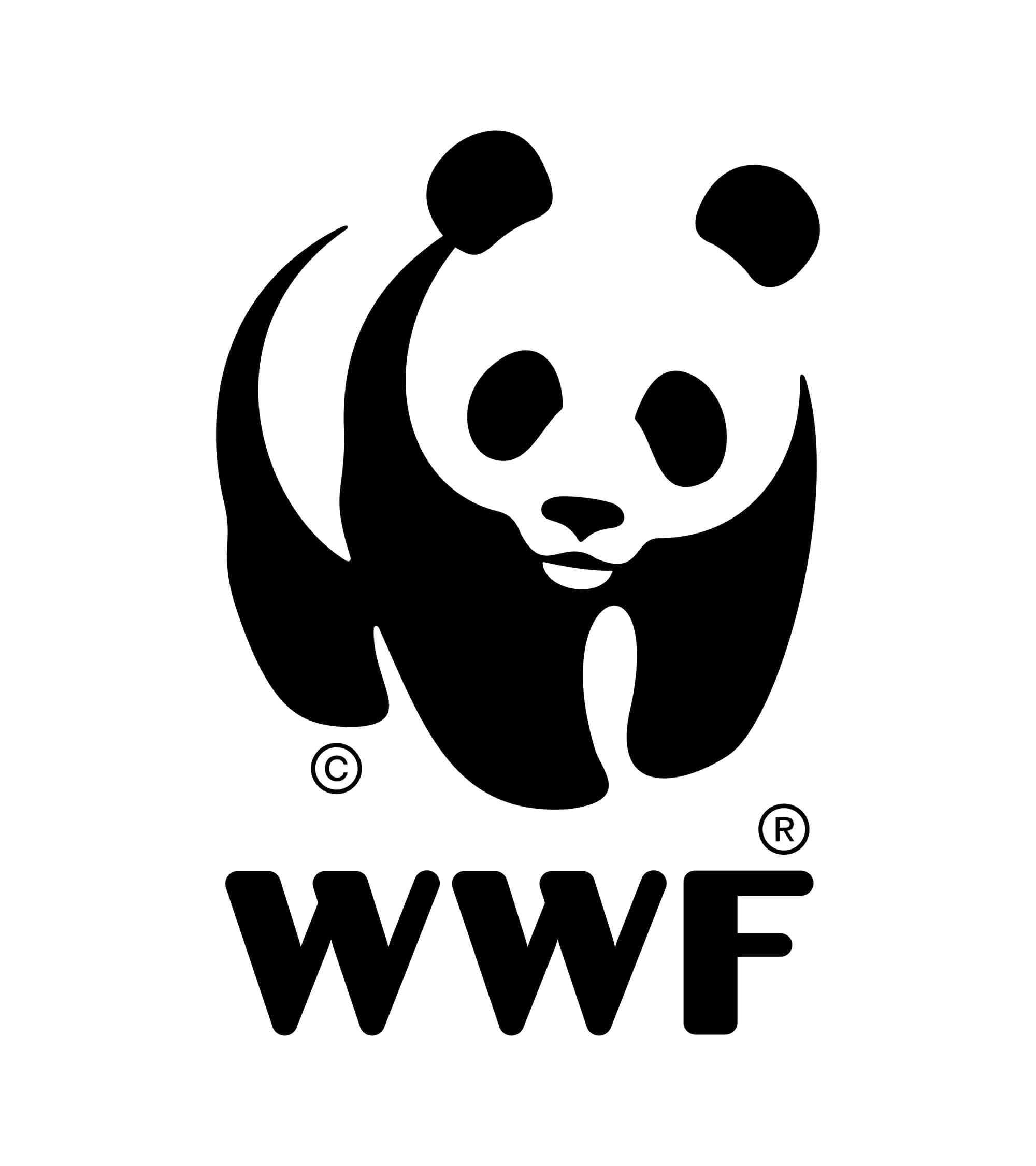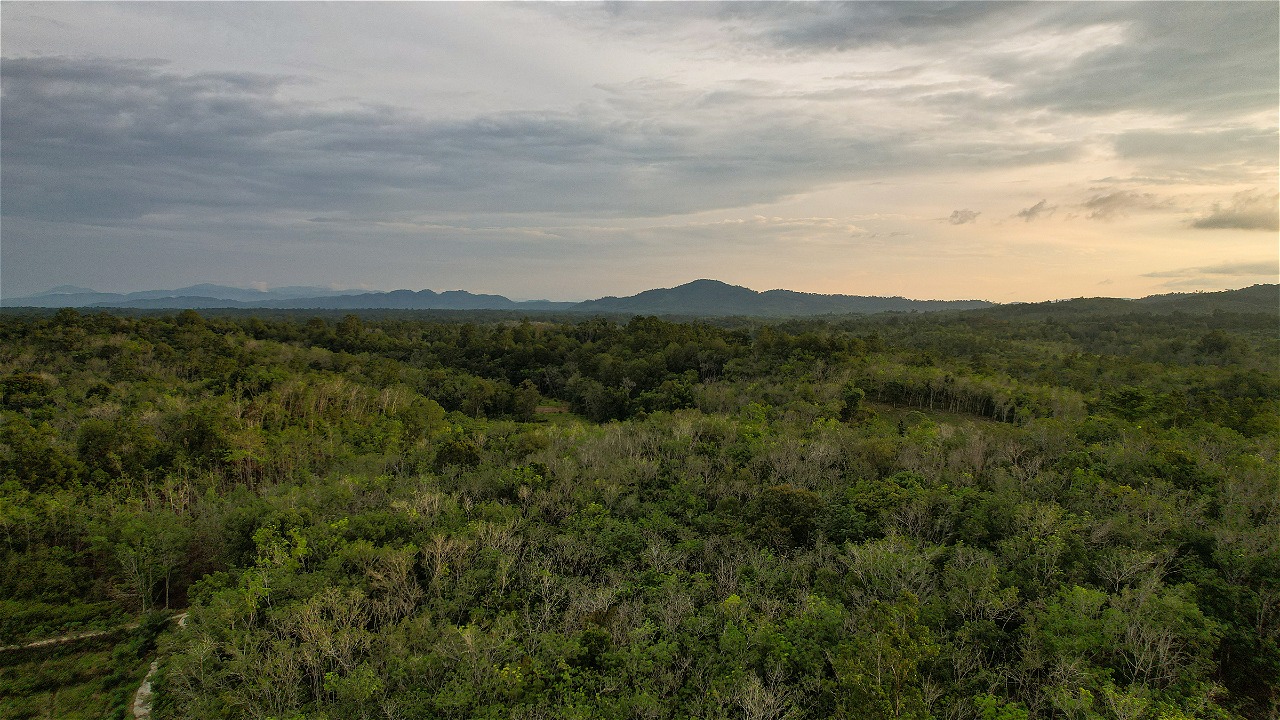AN AGREEMENT ON DEVELOPMENT PLAN OF FOREST MANAGEMENT UNIT (KPH), MULLER ECOSYSTEM AREA
Oleh: Anastasia Joanita
The Muller Mountains Ecosystem Area is a core corridor of the Heart of Borneo National Strategic Area (KSN HoB) which has a function as an ecological area. The Muller Mountains Initiative, which began in 2008, by WWF-Indonesia in collaboration with the HoB Working Group (National, Provincial and District Levels), Universities, local NGOs, Indigenous Peoples Alliance, and supported by the community who live around the mountain area, has carried out various activities in seeking sustainable management of the Muller mountain area.
Since 2011, a team has been formed to prepare an academic paper for the management plan of the Muller Ecosystem Area (KEM) consisting of Academics from Gadjah Mada University (UGM) as a team of experts, a technical team of Regional Universities (UNPAR & UNKAP), a District technical team and WWF-Indonesia who have been actively conducting discussions with stakeholders both at the regional level and at the city / district level in each of the 4 districts in Kalimantan namely; Kapuas Hulu District and Sintang District (West Kalimantan) and Gunung Mas District and Murung Raya District (Central Kalimantan) in socializing and compiling various options in this KEM management plan.
On June 25-27, 2013, in Jogjakarta, a "Semi-location of Muller Ecosystem Management Plan, Heart of Borneo National Strategic Area (KSN HoB)" was held which followed up on the meeting in each district to review the academic paper document and as a joint commitment in the preparation of a follow-up program for the Muller Ecosystem management plan that refers to the KSN HoB status. The 3-day activity facilitated by WWF-Indonesia in collaboration with UGM was welcomed by the Working Group (National, Provincial, District), the Ministry of Forestry, local government, district technical teams, and local NGOs.
On the first day of the meeting, there were presentations and discussions on KEM in KSN HoB and KEM management plans from the 4 districts present. On this occasion, Assistant Deputy II for Food and Biological Resources Coordination - Ministry of Economic Coordination in his representation as the HoB National Working Group (Pokjanas) expressed his support for the KEM initiative to be designated as an ecosystem area, KSN HoB. Furthermore, he also expressed plans to encourage KEM to become an ecological corridor area that connects 3 National Parks in HoB, namely Bukit Baka Bukit Raya National Park (TNBBBR), Betung Kerihun National Park (TNBK) and Kayan Mentarang National Park (TNKM).
In the presentation made by the 4 Regencies located in the Muller Mountains Region, they expressed their choice of the KPH option as a form of KEM management. "We chose the FMU management option for KEM management in Gunung Mas Regency," said Mr. Yansiterson, HoB Working Group of Gunung Mas Regency. He further added that Gunung Mas Regency has been designated by the Ministry of Forestry as KPH XVI institutional, which includes KEM covering ± 69,000 ha of the total KPH XVI area of ± 294,000 ha.
Meanwhile, Mr. Jumtani Albert from the Plantation and Forestry Service of Kapuas Hulu District also revealed that the Kapuas Hulu Model KPHP Area has been established by the Ministry of Forestry. Based on the determination of forest management in MoF Decree No.67/Menhut-II/2010, KEM is included in the management plan through KPH unit XX.
However, each district agreed to remain focused on the work program plans of KEM initiatives in their respective districts in order to encourage the effectiveness of KEM management and proposed to establish a forum for KEM management parties as a form of communication and coordination media across Provinces/Municipal Regencies.
Furthermore, on the second day, a field trip was held to the KPH in Jogja and from this field trip activity, participants saw various activities and how management had been carried out in KPH Jogjakarta. Some participants were amazed to see one form of management that has been implemented in the Nglanggeran Ancient Volcano Ecotourism Area - Gunung Kidul.
On the third day of the meeting, a discussion of the proposed plan for the next 6 months was held, which included; a). conducting meetings in the next 3 months in each district to convey the RTL of KEM initiatives and gather the support of the Regents in this regard, b). revitalizing and optimizing the role and work of the HoB Working Group (Provincial and District) by including KEM initiatives and specific programs in the work plan in the HoB of each Province / District, c). conduct an audience with PokjaNas so that PokjaNas can convey to the Provincial Pokja and District Pokja to strengthen this KEM initiative, and the most important thing is d). the realization of work programs that have been formed in each district, especially related to this KEM initiative. Then a similar meeting will be held again in the next 6 months.
The Expert Team from UGM Jogja was pleased with the results achieved at this meeting. They will complete the final document of this KEM management plan and submit it to the HoB National Working Group as a form of HoB activity program design for the next 5 years.





